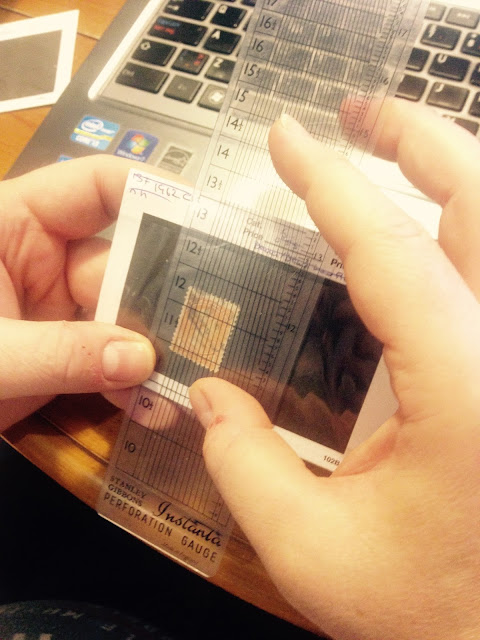Sorting the Small Queens - Some Initial Insights

Now that I have just completed my initial sort of some 2,000 1c, and 3c Small Queens, I thought it would be good to share some of my initial insights about their characteristics. In doing this I have decided to focus on the perforations only for now and later, after my other shipment of 3,500 stamps arrives, I will look at paper and shade. So what I have done is use my Instanta perforation gauge to check all 2,000 or so stamps that were present in this lot. Under a heading for each perforation measurement that I have found, I will note my general observations about: papers cancellations shades plate characteristics, i.e. whether the stamps have strong or weak impressions etc. how the perforation group compares to the others A big and important question in the minds of specialists has to be whether of not the different perforation measurements resulted from different perforators that were used concurrently during the life of the issue, versus those perforators bein...
